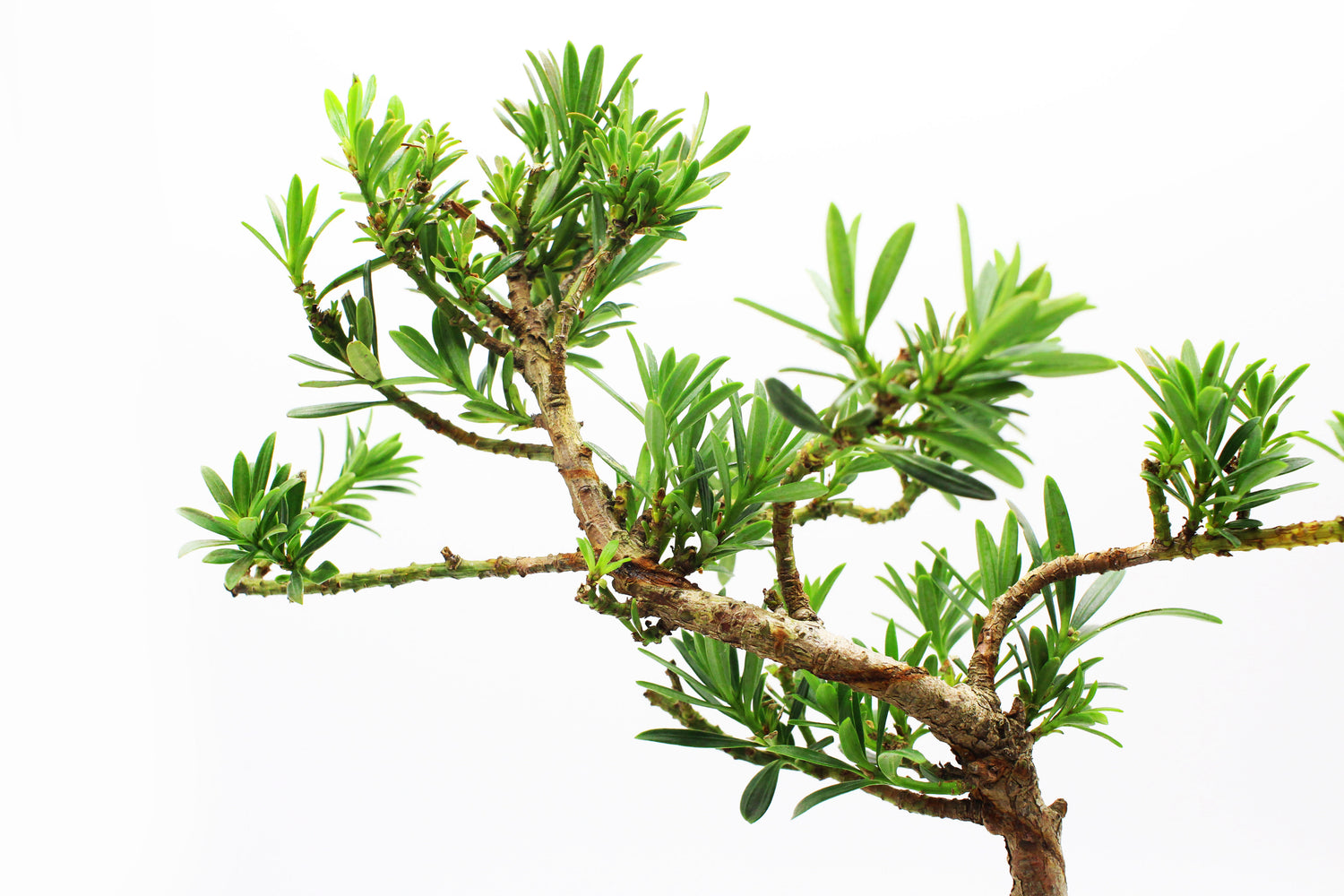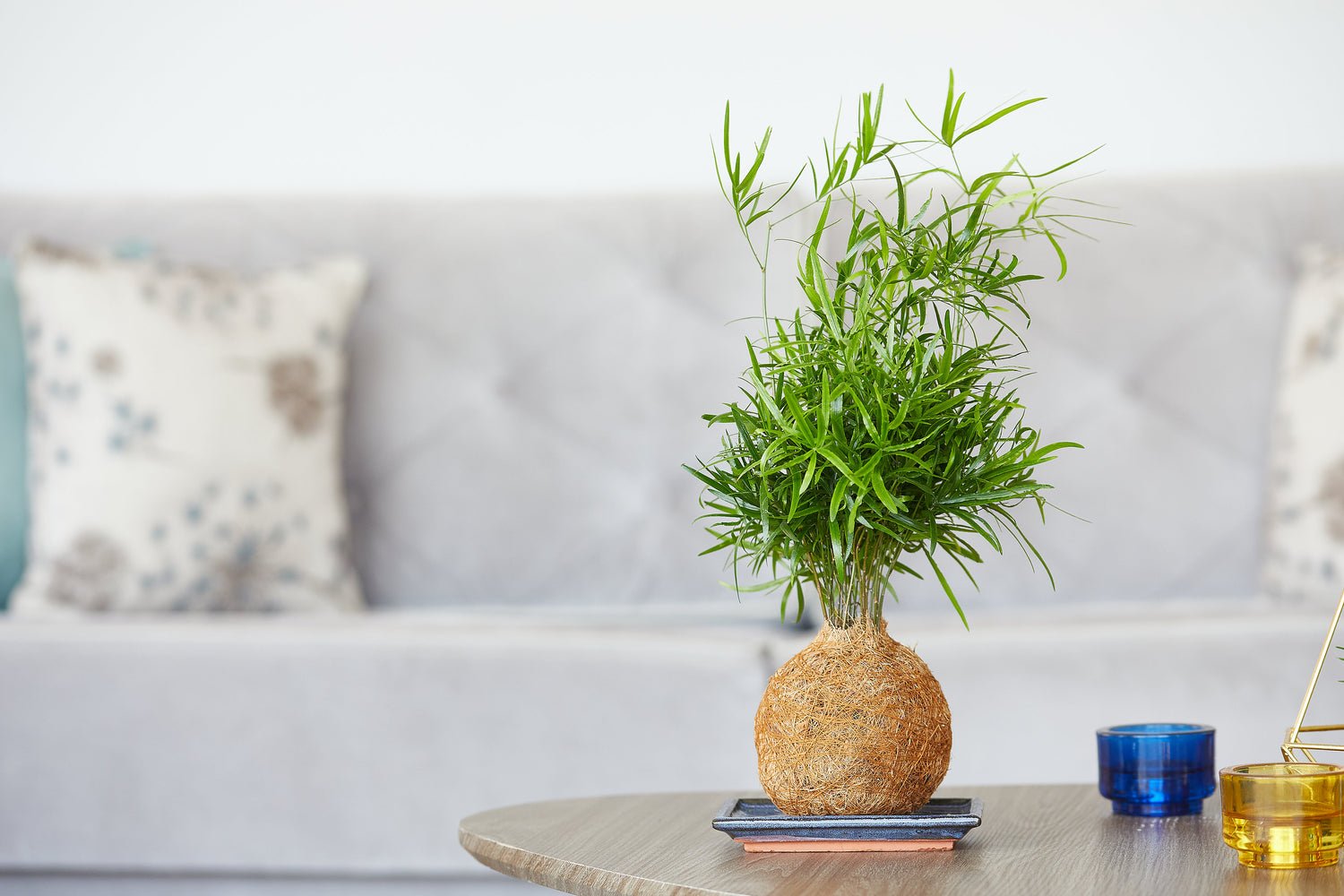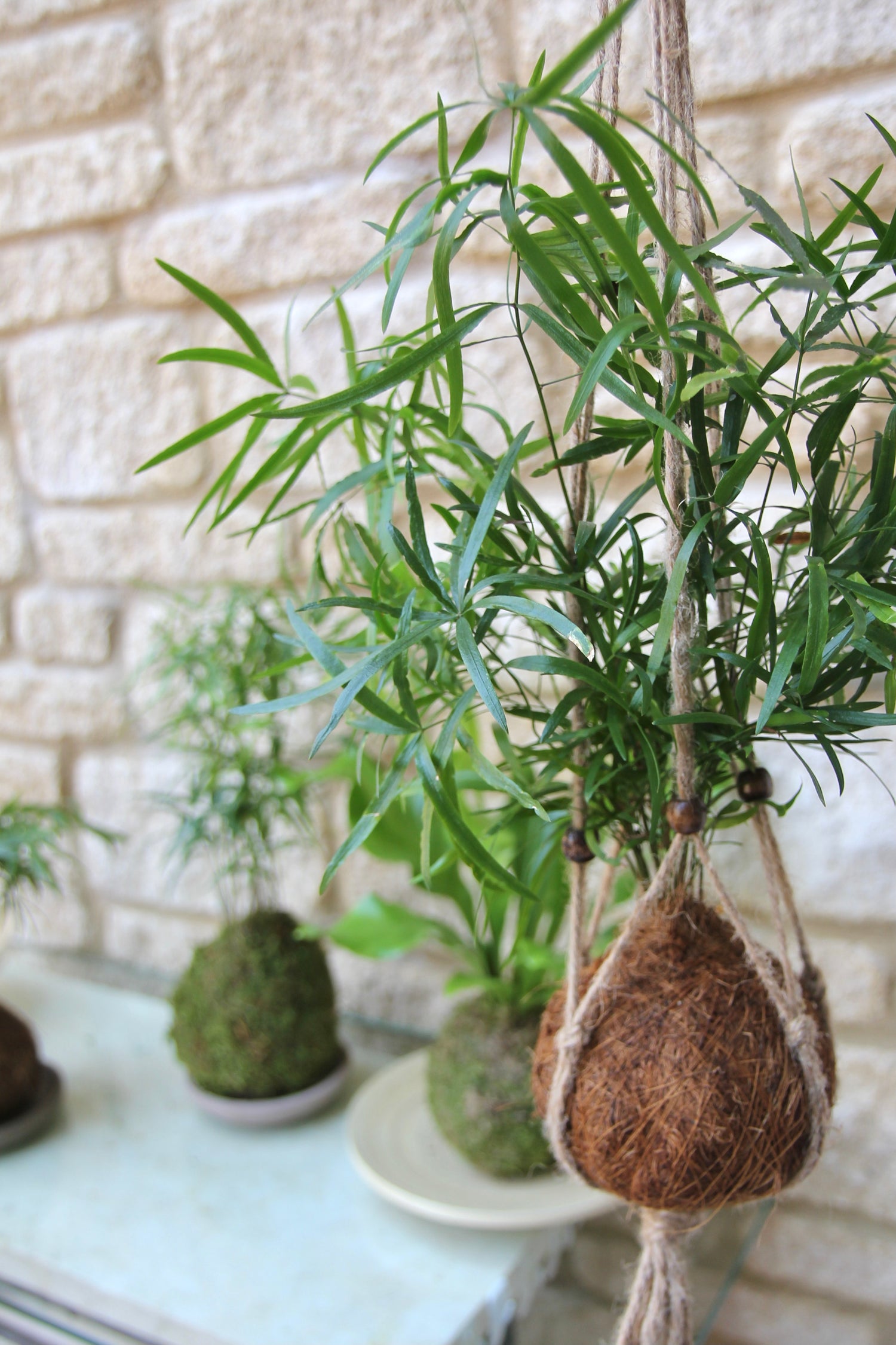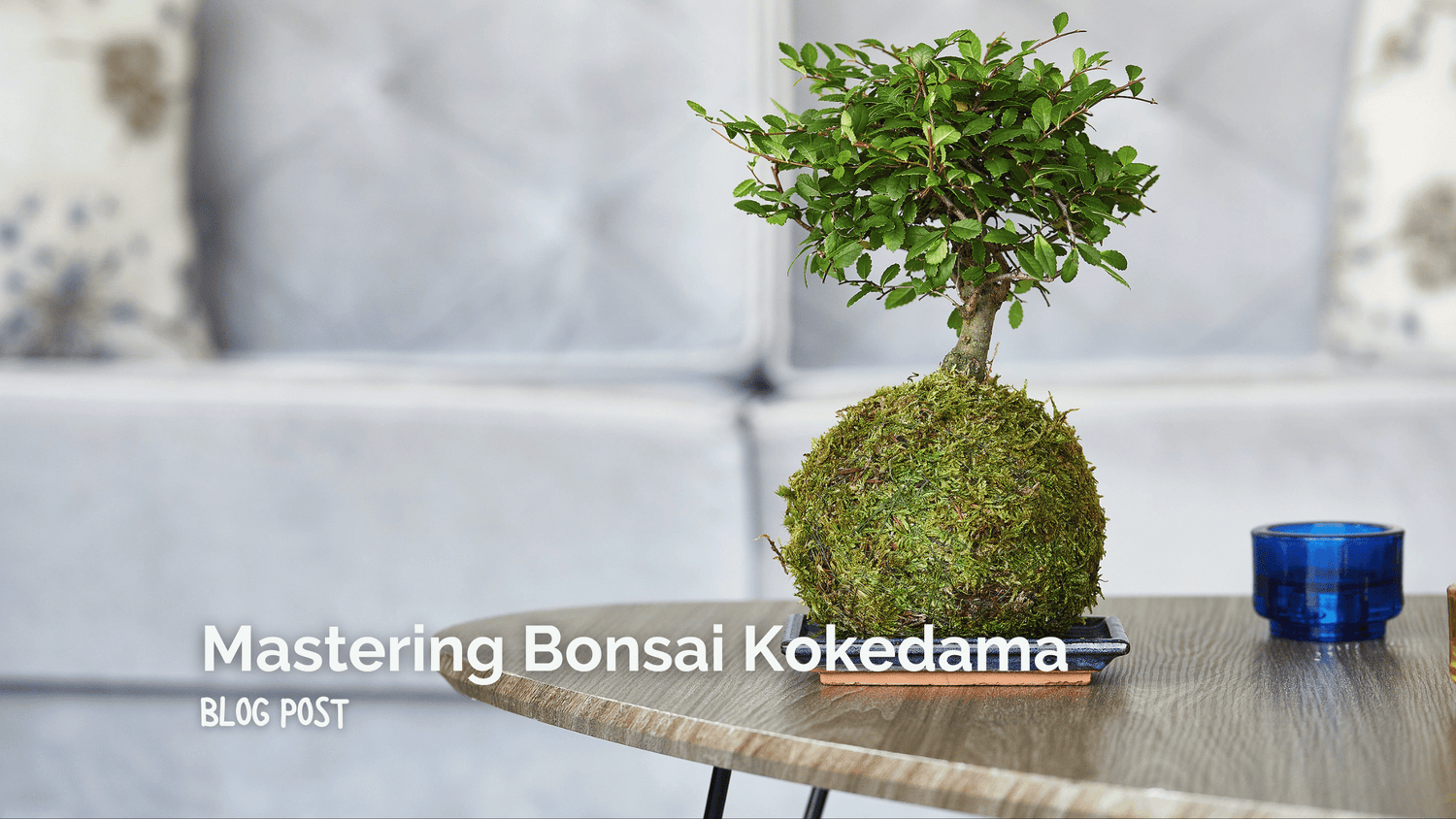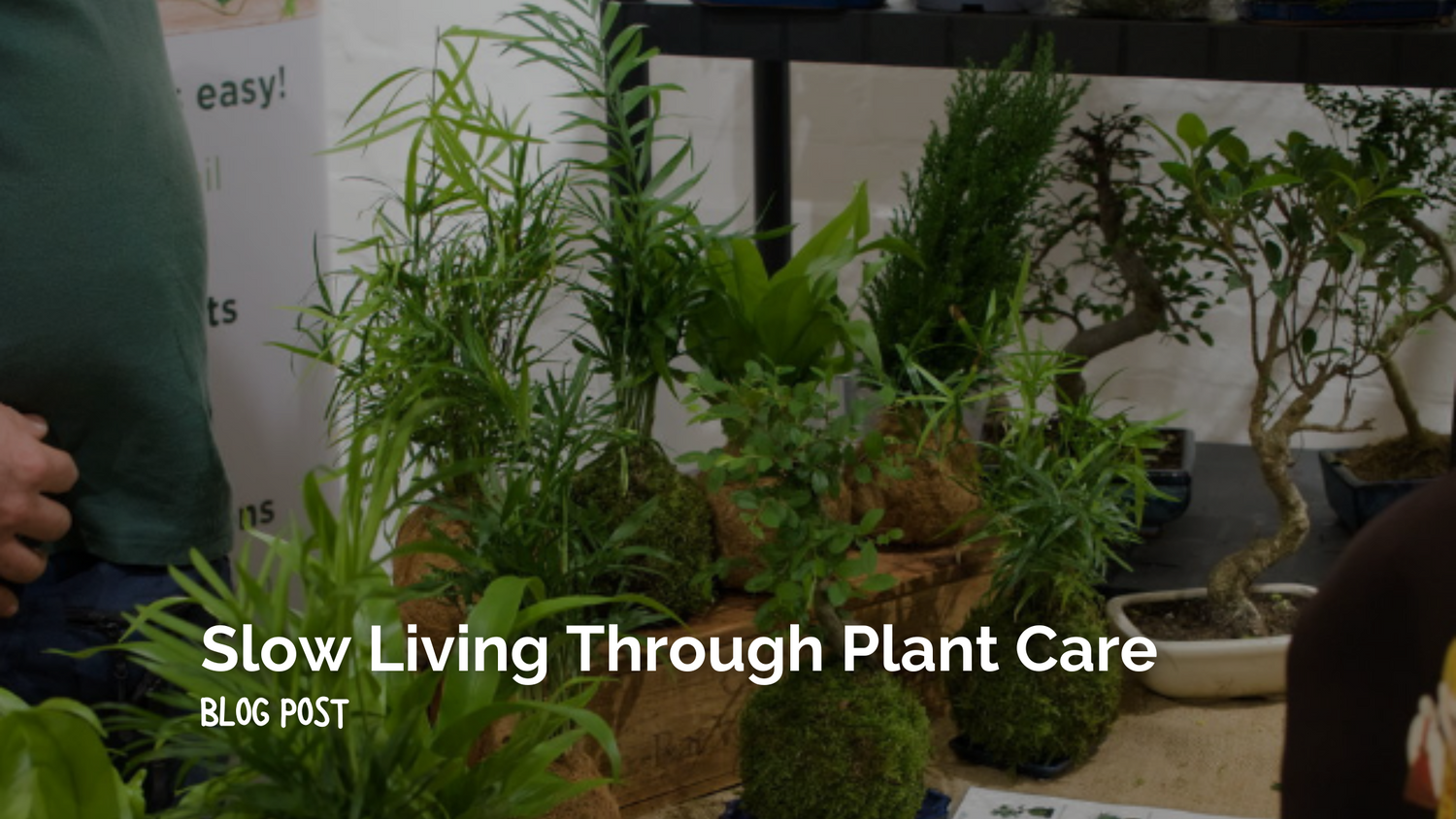Although many of us associate Bonsai with Japanese culture, in fact the tradition of Bonsai - growing miniature trees in containers - originates in China.
Let’s go back to 300BC - about 2300 years ago. The Chinese had begun to experiment with the idea of an object being spiritually powerful in a smaller, miniature format, which led to trees being shrunk and cultivated in containers. This tradition that was named ‘pun-tsai’.
Later, about 700AD, the art of growing trees in containers made its way to Japan. Influenced by Zen Buddhism, the Japanese gradually developed this art until it became a ubiquitous part of the culture.
Everyone everywhere was fashioning miniature trees in some format, and Zen Buddhists would shape the trees in ways that represented the entire universe. This tradition was called ‘hachi-no-ki’.
Then, during the 18th century, the tradition of ‘Bonsai’ - the Japanese pronunciation of pun-tsai - appeared. These Bonsai trees, though still carrying their spiritual allure for many artists, were at this point principally an art form. There are various different types of Bonsai tree, a popular variety being the Chinese elm, which we stock here in a ‘Kokedama’ (Japanese: ‘Moss ball’) form - with its roots wrapped in moss, which can you can also make into hanging gardens.
Bonsai finally made its way to the West in the 19th century, and is now nearly just as popular in Europe and the USA as it is in Japan.
Our take on Bonsai…

Tranquil Plants have synthesised the two gardening traditions of Bonsai and Kokedama and have created two specific ranges of Bonsai. These are the Beginners Bonsai and the Zen Garden Kit, both of which aim to inspire tranquility, peace and solace within you and your home.
You’ll be glad to know that these plants are very hardy and require little attention - so although you might be keen on pruning them and cultivating them like an authentic Bonsai master (please send us photographs if you do!) you are also welcome to simply care for it once a week when it needs to be watered.


